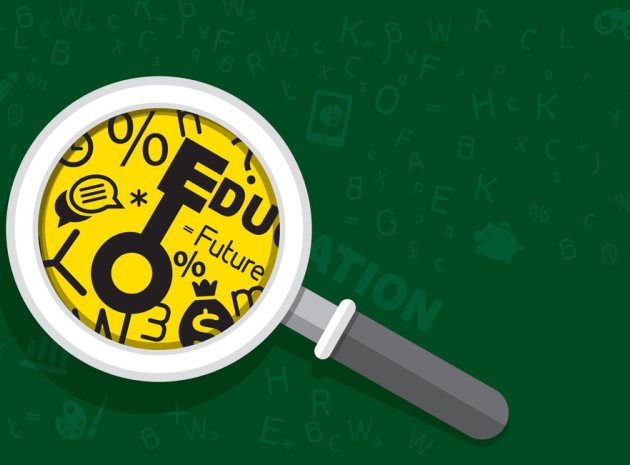Our resident ICT guru David Morgan takes a close-up look at a fairly standard – yet often underused – piece of classroom hardware…
What’s that hulking great thing sat on the desk over there? With the camera precariously sitting atop it like an enormous eye of Sauron? Well, chances are that it’s a visualiser; and as such, a cracking bit of kit that allows some brilliant teaching and learning practice, in any classroom… as long as you use it effectively, of course. How? Well, here are some suggestions to get you started:
1 Show off and critique students’ work
One thing we IT bods have had for the longest time is the ability to bring up students’ work on our projectors for critiquing with their peers; with a visualiser, that opportunity joins us in the physical world. Imagine grabbing someone’s book and immediately being able to put the work up on the screen so that you can discuss it with your class. Consider all the good things you could point out, and all the improvements other students might suggest; and how naturally this would benefit teaching and learning.
2 Engage with class texts
Do you still use textbooks? If you do then a visualiser will be your best friend because you can use it to share and explain the page you are about to study at the front of the room, enabling you to point out questions and important parts of the text. You could use the fancy diagrams to help illustrate complex concepts and ensure that everyone is able to engage in the lesson, much more so than they might if you were simply to say, “read page eight and do the questions”.
3 Demonstrate a skill
For practical subjects, why not use the visualiser to help you demonstrate skills with your professional and experienced hands? A new stitching technique in textiles; the steps of an experiment in science; the correct technique for planning in D&T… there’s a myriad of opportunities offered by simply having a live camera feed of you doing something, even if it’s as mundane as working through a complex equation on a piece of paper.
4 Show how to use a device
Maybe you want to show off an app? Are you demonstrating how to set a calculator up into a different mode? Whenever you’ve got a small and fiddly bit of kit you can simply do a live demo of the use of it in front of the students without them all having to squint to see what you are doing. No longer will you have to walk around the class instructing small groups of students at a time – instead, you can just blow the video up to enormous proportions and show exactly what to do just once.
5 Zoom!
In many subjects it’s extremely useful to be able to zoom in on a real life object to explore the detail with students. In science, for example, it’s great to be able to grab something organic and use the visualiser to show it large enough for everyone to be able to see the smaller structures. And I’ve used one personally to look at circuit structures and computing devices with KS3 students, to help them understand how these things really work.
Get on the move
In many cases, for the same price as a decent visualiser you could buy yourself something a bit more multifunctional and mobile. I long ago gave up on the desktop visualiser and replaced it with my iPad and the Reflector app for a computer. With these, I can mirror the screen of the iPad on my projector, allowing me to use the camera application as a very straightforward and portable visualiser, making showing off student work much easier, regardless of the classroom environment. You can even use this setup as a remote camera to model good behaviours and demonstrate techniques and the like to students by students; which is much more powerful than using a random video from YouTube.
Ultimately, visualisers are all about flexibility in the classroom. They make ad-hoc learning experiences much easier, because you can project an enormous view of something onto the board without massive preparation time.
About the author
David Morgan (@lessonhacker) is a moderately internet-famous teacher who excels at pedagogy and everything digital; he is also the author of Stop Getting I.T. Wrong! (lessonhacks.com, £9.99)











Our resident ICT guru David Morgan takes a close-up look at a fairly standard – yet often underused – piece of classroom hardware…